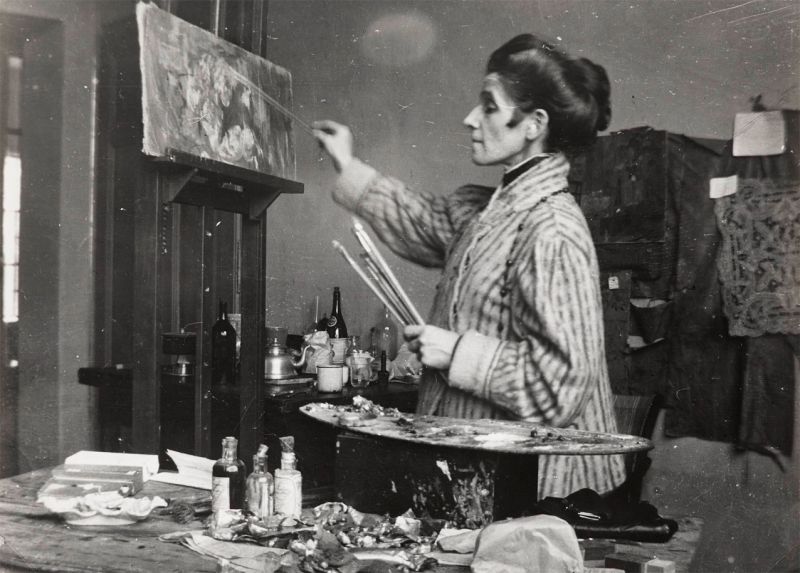Olga Boznańska. Kraków – Munich – Paris
Mediathek Sorted
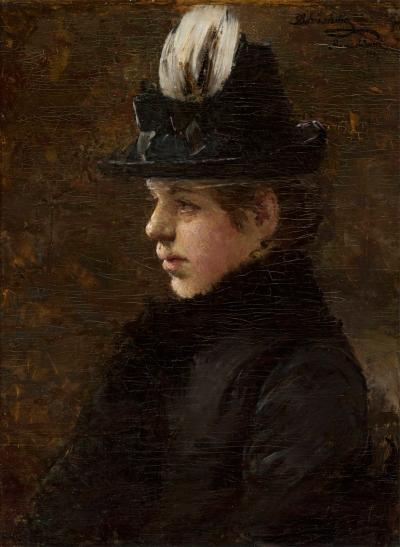
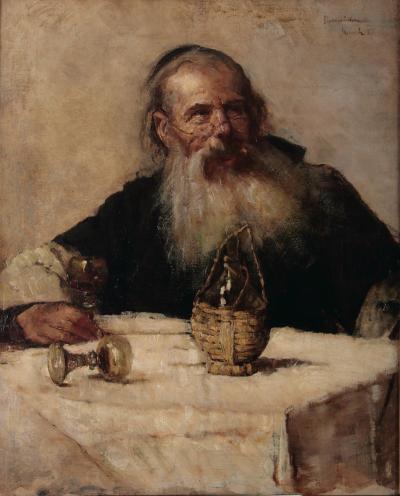
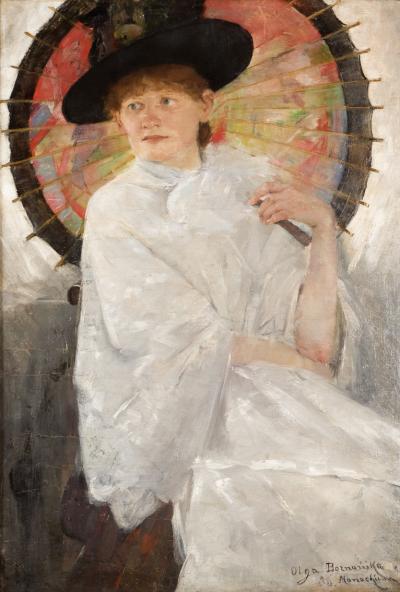
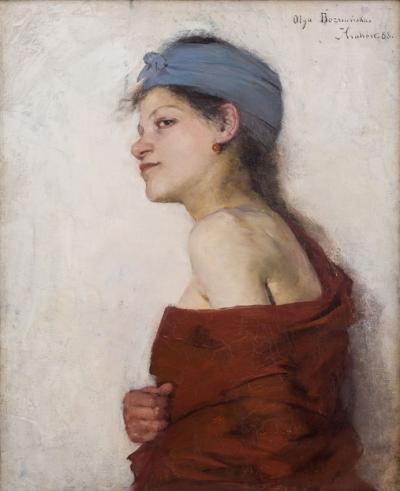
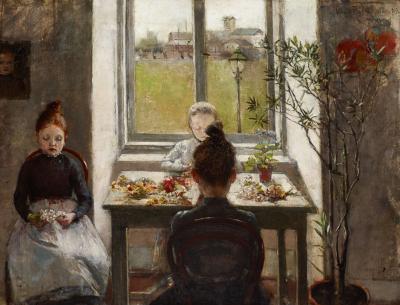
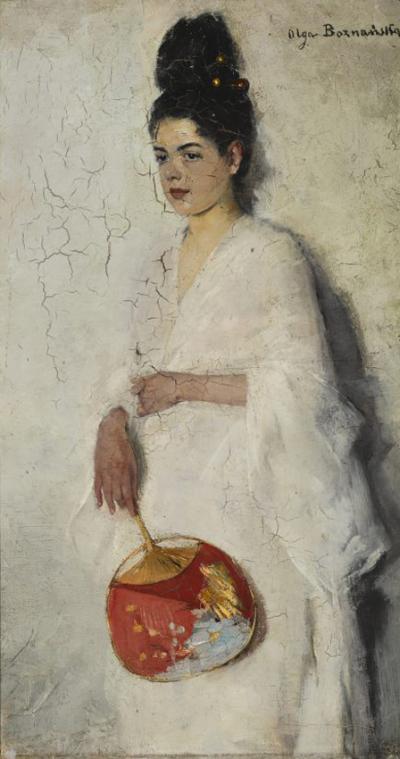

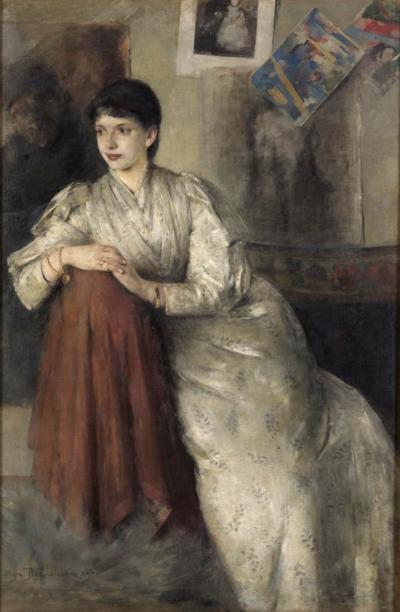
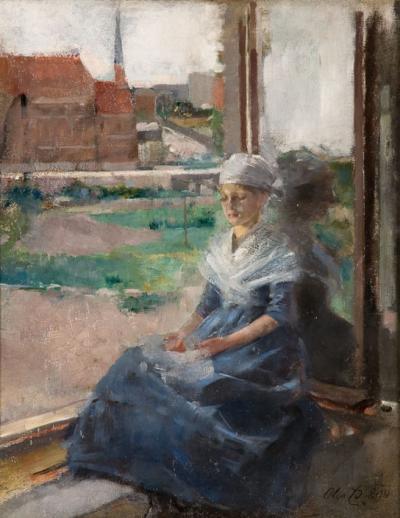
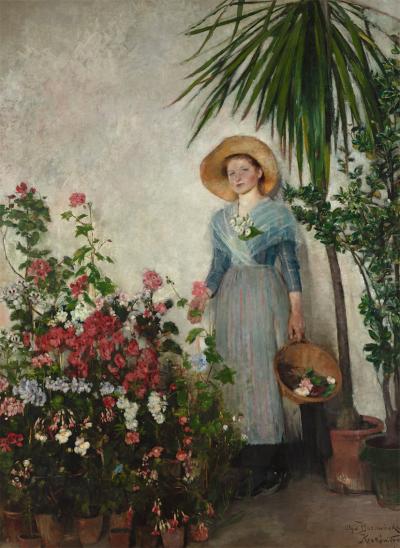
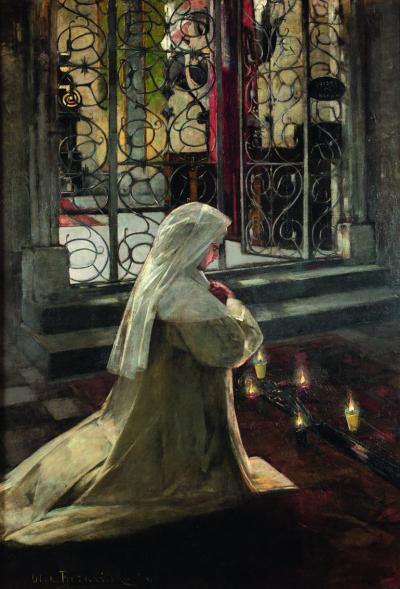
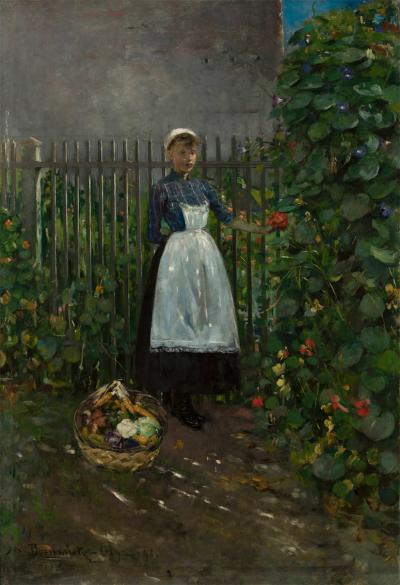
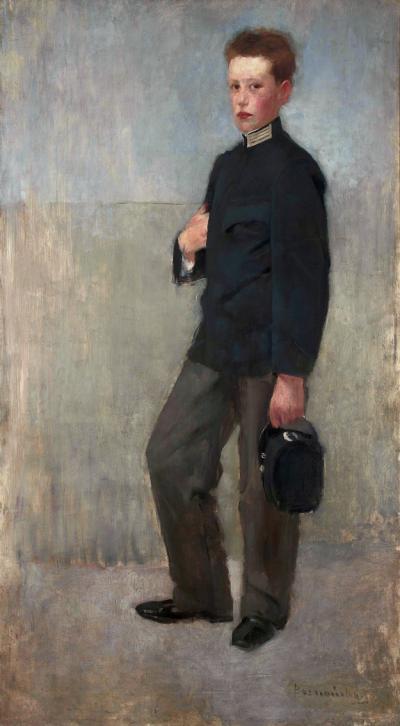
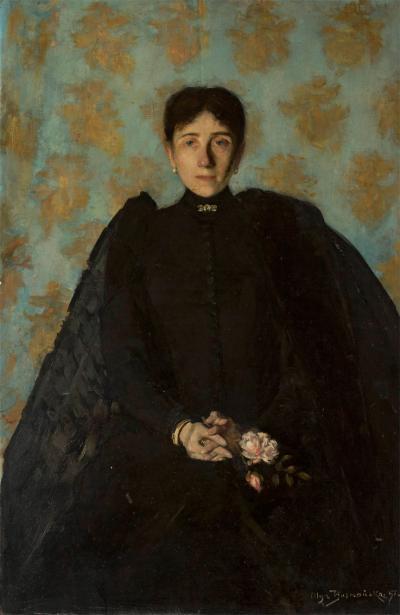
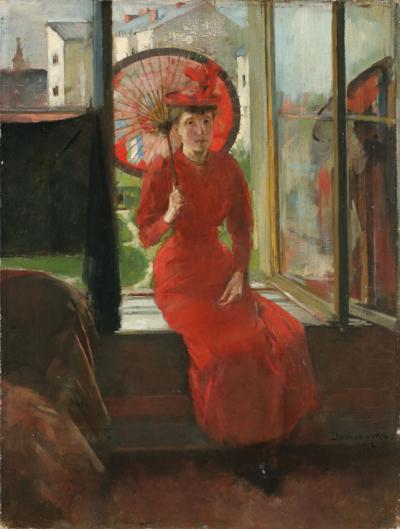
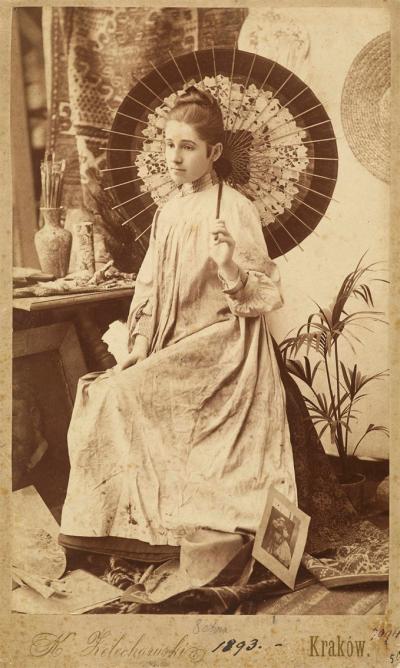
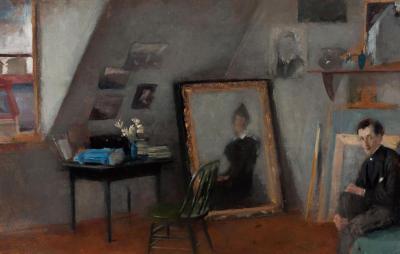
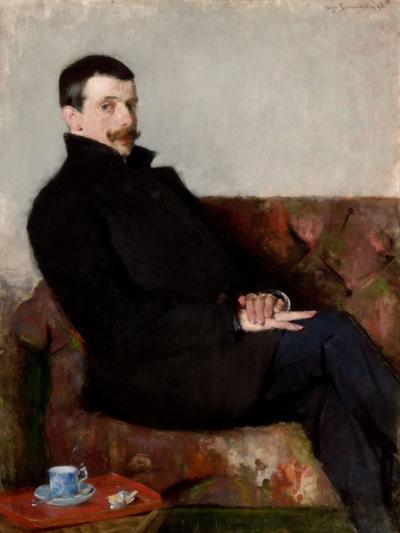
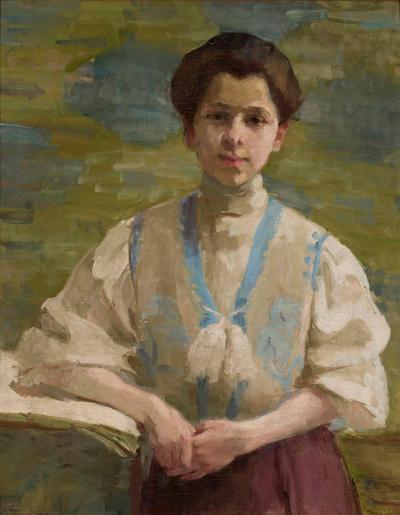
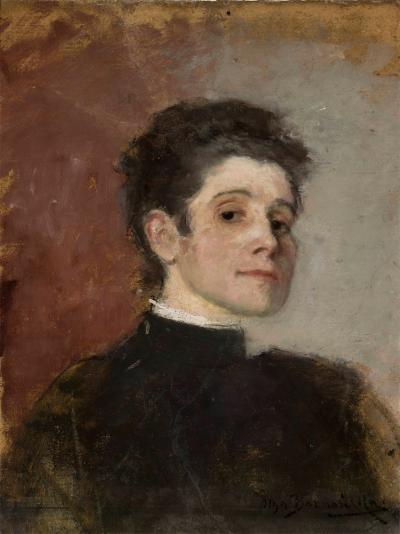
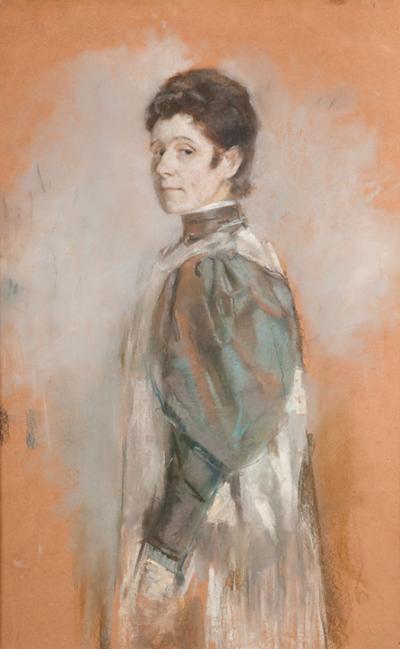
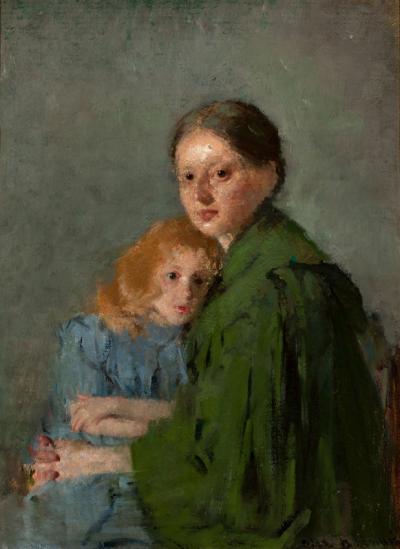
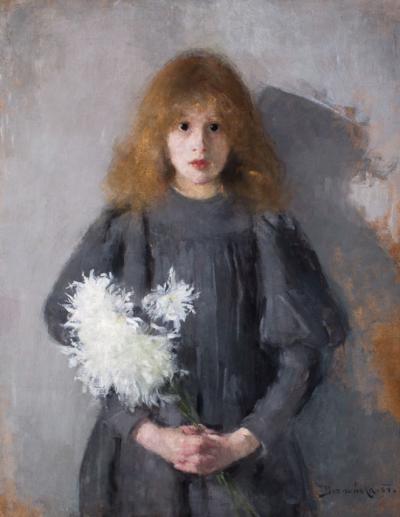
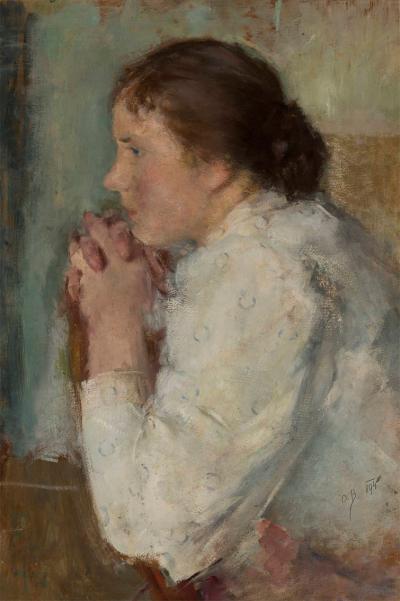
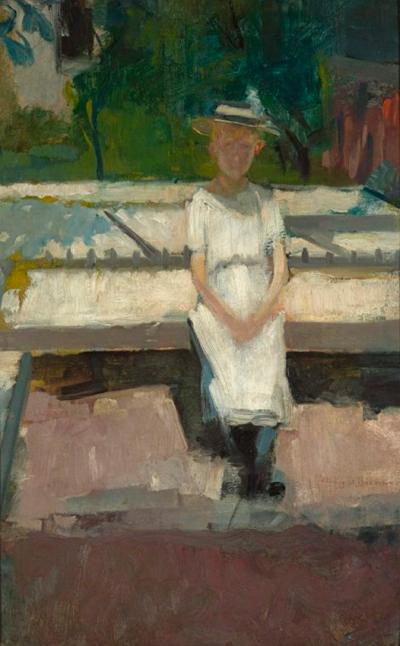
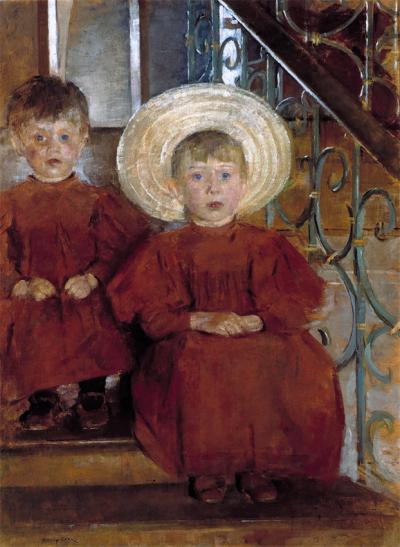

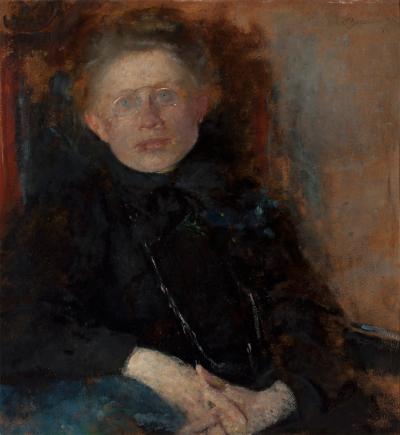
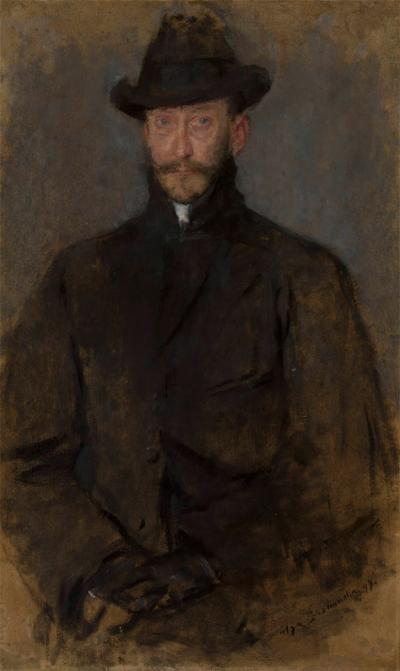
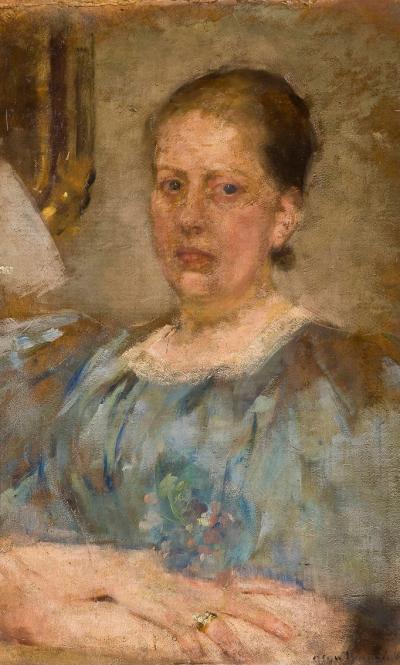
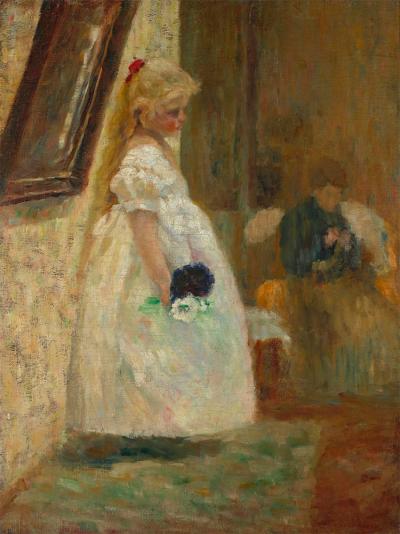

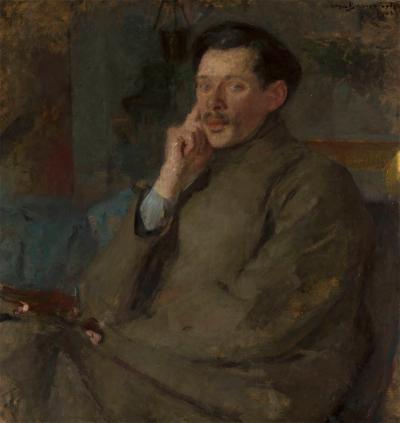
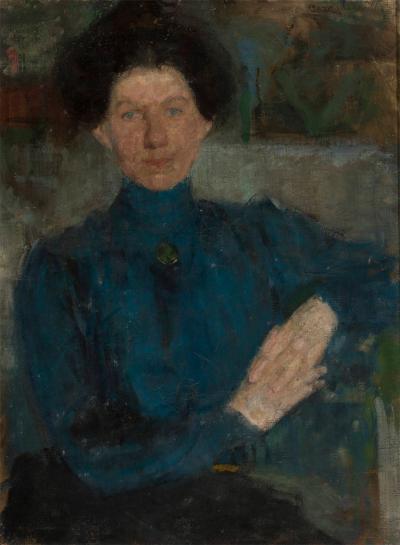
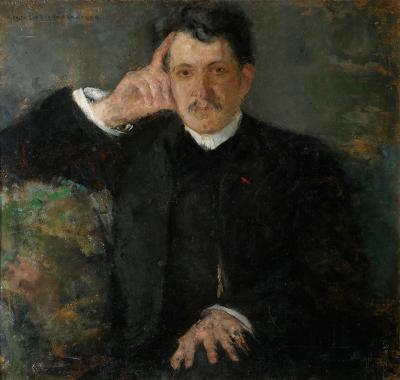
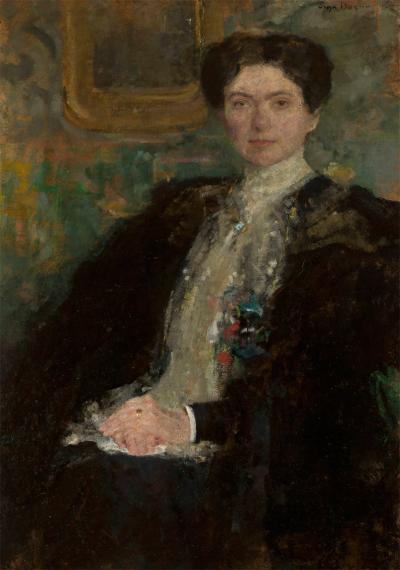
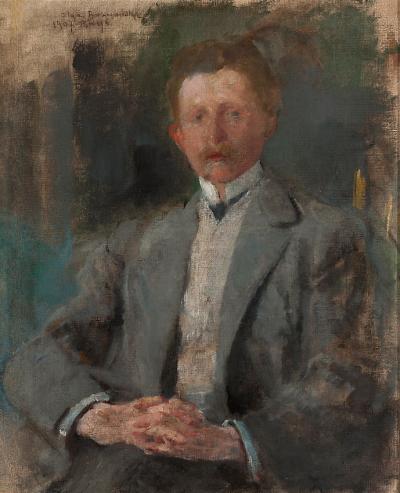
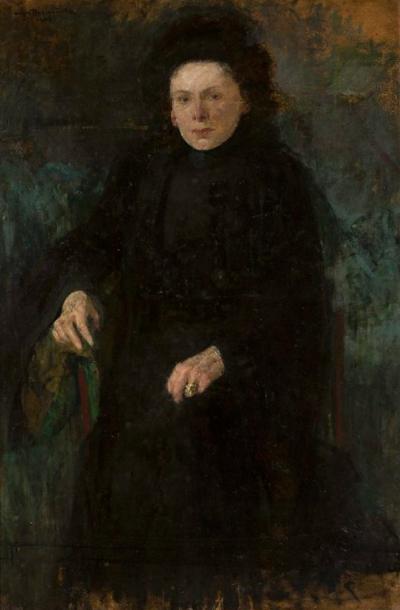
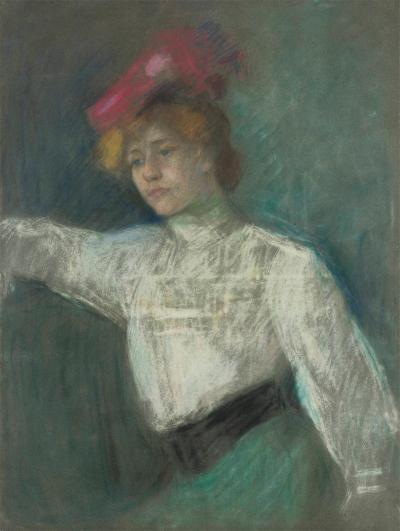
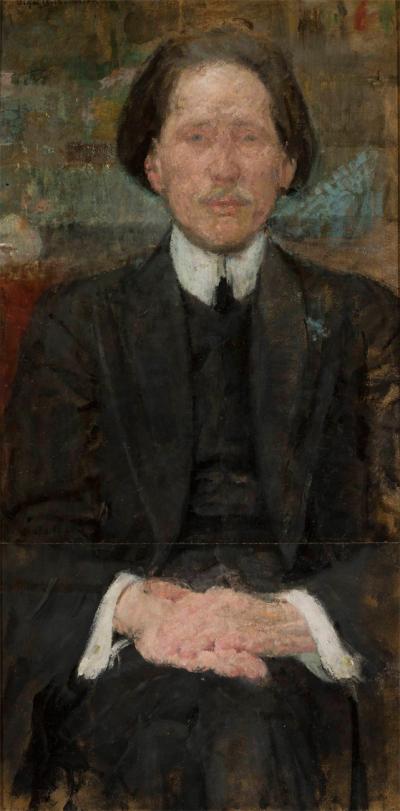


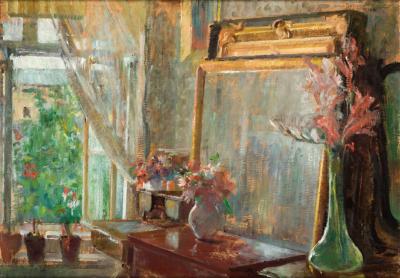
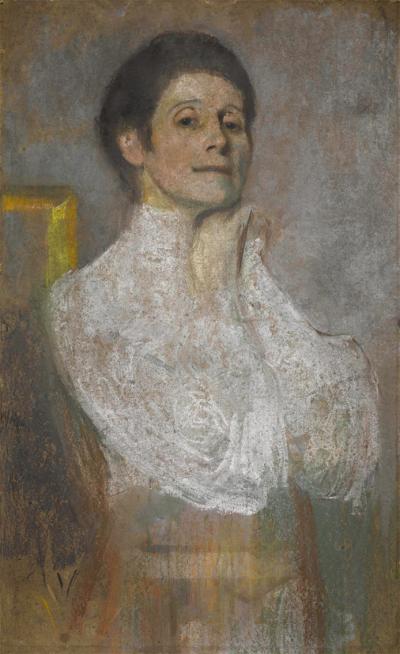
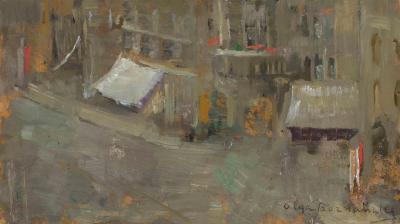
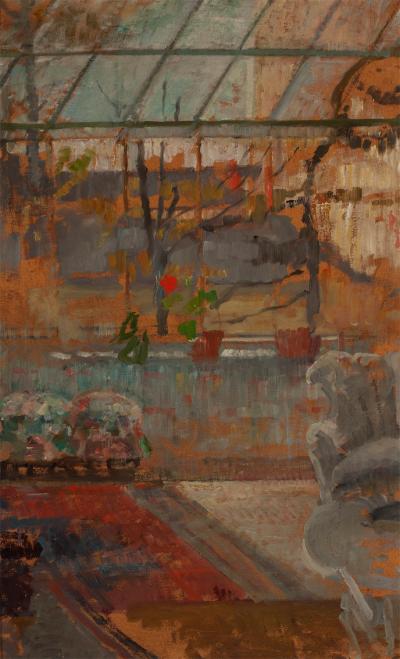
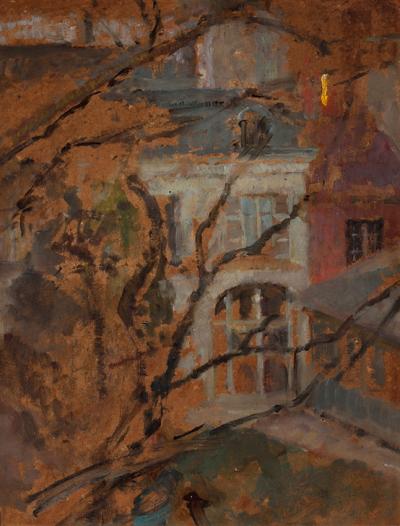
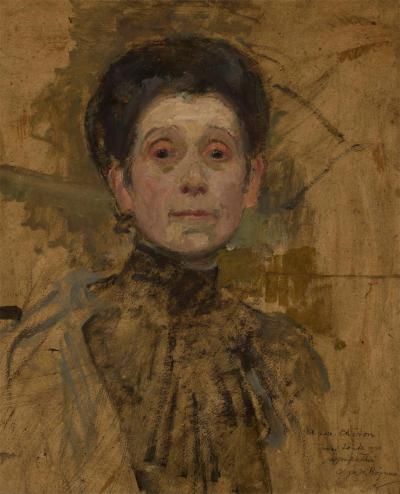
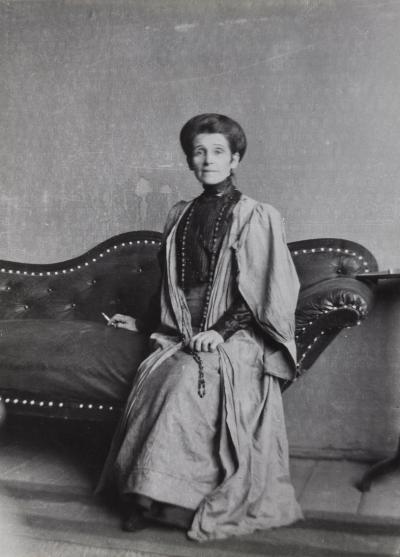
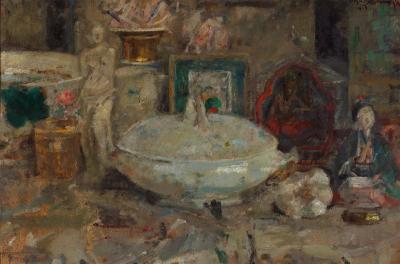
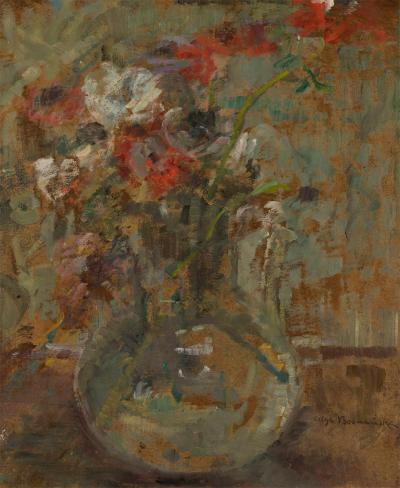
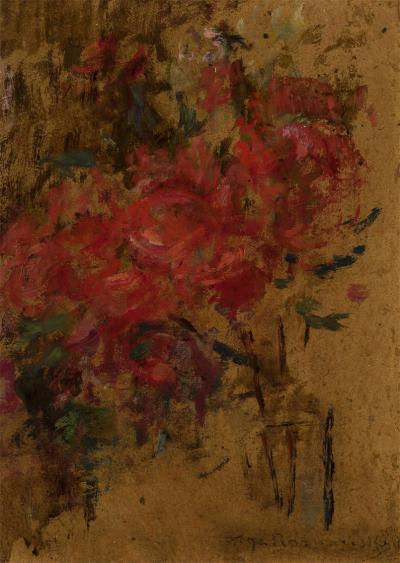
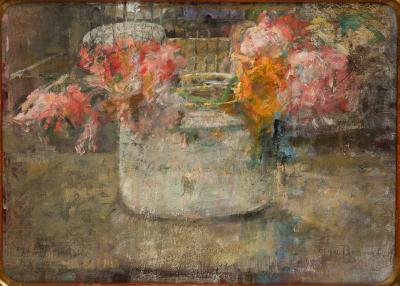

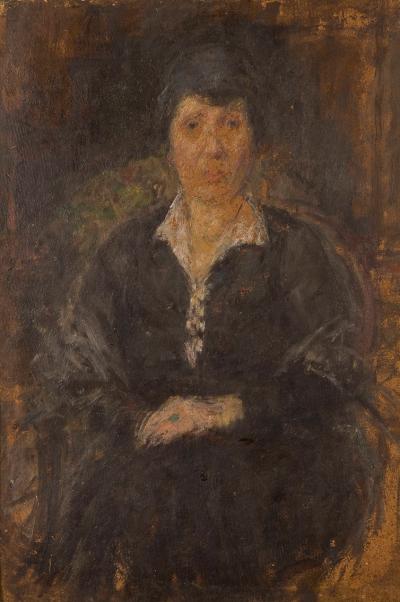
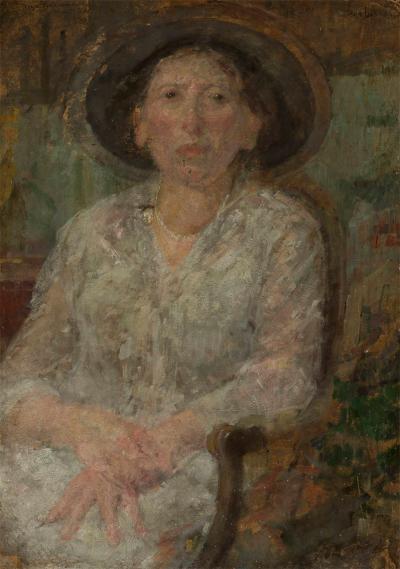
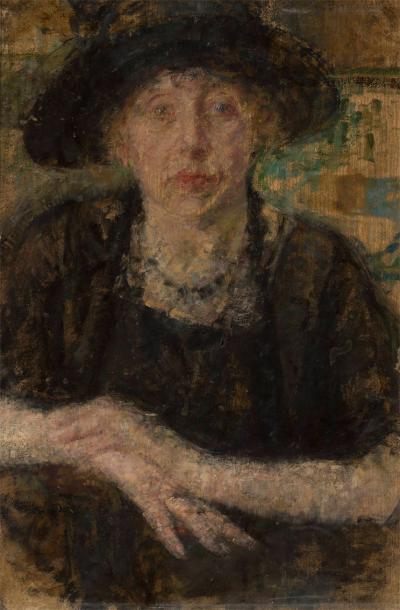
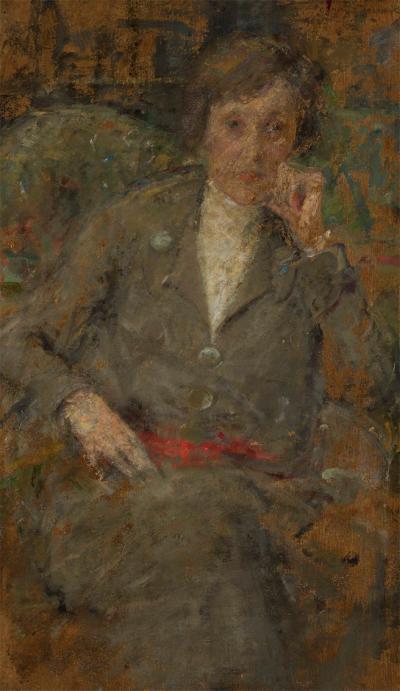
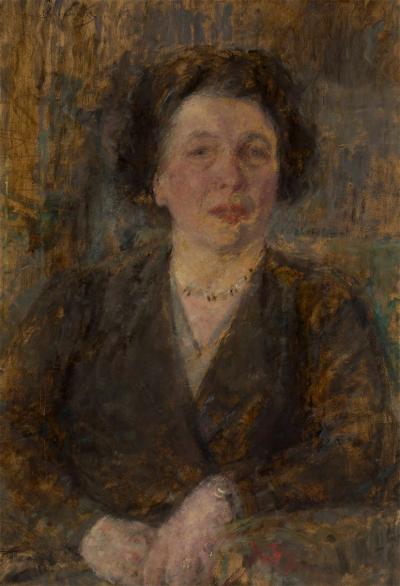
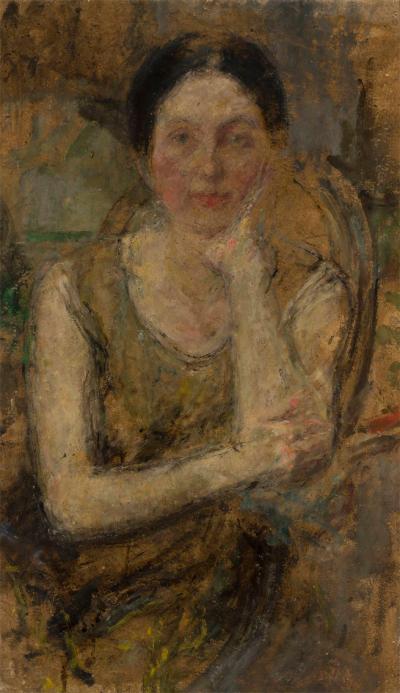


The whereabouts of a large number of portraits have remained unknown until the present day, either because they are still owned by members of the family or were lost during the Second World War. Others can be found in private collections or were bequeathed to museums. These include the portrait of the dentist, Doktor Woszycki (ca.1896/1899, National Museum in Kraków/Muzeum Narodowe w Krakowie), her portrait of the painter and stage designer Franciszek Siedlecki (1867-1934), who began his studies in Munich under Franz von Stuck in 1889 and was one of Boznańska’s friends (1896, Krzysztof Musiał collection), her portraits of the philosopher and writer, Michał Henryk Dziewicki (1851-1928) and his sister, the English teacher, Gertruda Dziewicka (both 1897, Princes Czartoryski Foundation/Fundacja Książąt Czartoryskich), also acquaintances of the painter; a further portrait of Czajkowski (1894) and one of Boznańska’s friend, Irena Serda (1896, both National Museum in Kraków/Muzeum Narodowe w Krakowie). All the subjects in the paintings were portrayed in the manner of Paul Nauen, seated in different poses and with a variety of different colour choices.[28]
The artist also continued to paint self-portraits, some relaxed in everyday clothing (1893, Ill. 19), others critical and in black robes (1896, Ill. 20) or self-confident in her painting overalls (ca.1897, Ill. 21). The paintings were a sort of self-questioning. They were made at regular intervals and in quite a large number, in oil or pastel, on cardboard, canvas or paper in different formats, some sketchy, others representative. They may also have been a way for her to try out different forms of self-portrayal. Boznańska showed them in public and sold them too. For example, in 1906 she exhibited the ca. 1897 large format pastel (Ill. 21) along with other works at the League of Polish Artists “Sztuka”/Towarzystwo Artystów Polskich “Sztuka” in Kraków. It was purchased by the then director, Feliks Kopera (1871-1952), for the Kraków National Museum, but landed in the hands of the collector and art critic, Feliks Jasieński (1861-1929) in exchange for another work. Jasieński, who became well-known for his huge collection of Japanese art, occasionally helped Boznańska to sell her work. In the end he donated the painting once more to the National Museum.[29]
Boznańska also continued with her series of children’s pictures. The paintings, “Girl with Sunflowers” (1891, Muzeum Ziemi Lubuskiej, Zielona Góra) and “Girl with a White Handkerchief” (1890/93, private ownership) were followed in 1893 by a study of a seated woman holding her daughter in her arms (Ill. 22).[30] The type of girl with golden hair and striking dark eyes – it also featured in the following year in the “Girl with Chrysanthemums” (Ill. 23) – is generally linked to Velázquez’s portraits of infantas, not because of their exact physiognomy but more for their self-confident gaze and independent personality. Also in 1894 she completed the “Portrait of a Woman in a White Blouse” (Ill. 24), possibly a study for pictures on motherhood. Boznańska’s “Girl” pictures had an influence on Józef Pankiewicz (1866-1940), who was painting in Warsaw at the time, and whose “Portrait of a Girl in a Red Dress (Józefa Oderfeld)” (1897, National Museum in Kielce/Muzeum Narodowe w Kielcach) shows a similar type of girl and was also orientated on Velázquez and Whistler.[31]
[28] Illustrations in the exhibition cat. Olga Boznańska, Kraków 2014, no. III.14-21
[29] ibid. page 121
[30] The picture “Study on a Woman with a Girl“ (ill. 22) was originally on the back of the self-portrait in a black robe (ill. 20). It was separated in 1933 on conservation grounds.
[31] Ewa Bobrowska: Olga Boznańska and Her Artistic Friendships, in: Exhibition cat. Olga Boznańska, Kraków 2014, page 73





















































































